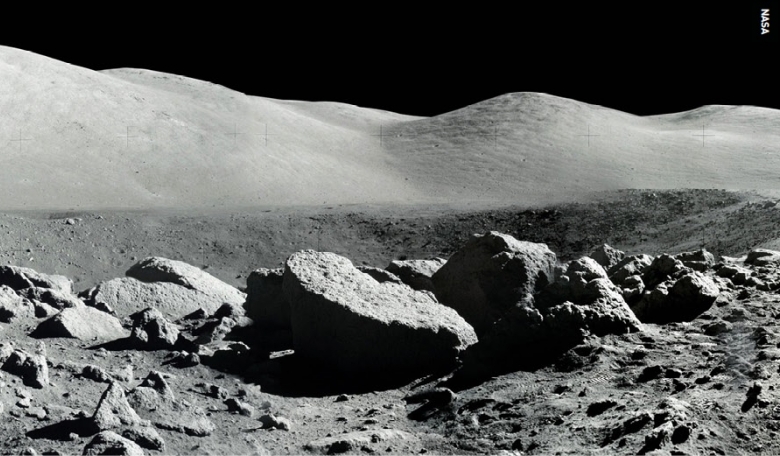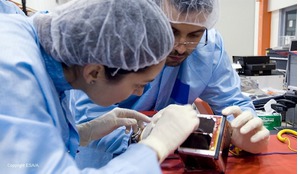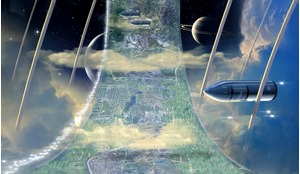The Moon presents significant potential for extracting hydrogen from its regolith, assuming the technical challenges of water extraction and the production of hydrogen and oxygen can be overcome. Here, the authors describe the concept and analyse the potential of hydrogen energy on the Moon.
The usefulness of hydrogen and oxygen for space-based power supplies and rocket propellants is well known among the space community, as is the potential for mining minerals from the lunar surface. The ideal balance between astronaut and robotic contributions in this activity has yet to be demonstrated, but history shows us that the concept of lunar mining is at least possible.
The missions of the Apollo programme proved that an astronaut protected by a spacesuit of 14 special material layers, including nylon, lead, aluminium and synthetic polyester fibres, and equipped with a life support backpack, is capable of working for more than seven hours in the temperature and radiation environment found on the lunar surface.
Besides moving across the lunar surface, a spacesuit allows astronauts to carry out the operations required, such as constructing lunar settlements, mineral prospecting, setting up communications and navigation aids, assembling engineering units for drawing water and oxygen from the lunar regolith, and so on.














